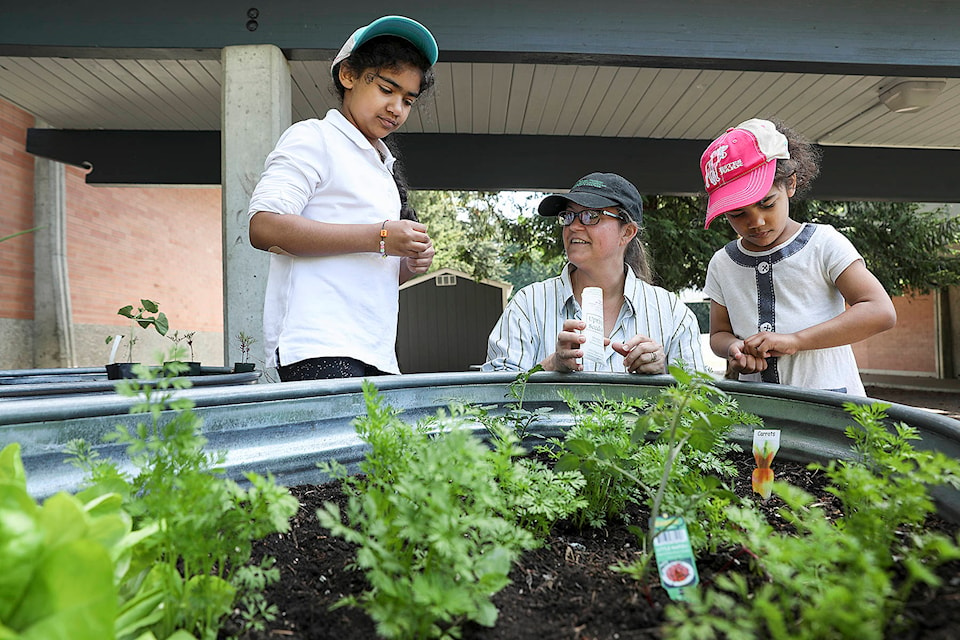With the heat, lettuce is bolting. Looking online for advice how to grow lettuce in the summer, I found this site: https://www.thespruce.com/keep-lettuce-growing-in-summer-1403428 by Marie Iannotti.
Lettuce is regarded as a cool-season vegetable, and in most home gardens it is planted in the early spring, harvested in late spring to early summer, and is then discarded in favour of other vegetables for the middle of the summer.
Lettuce grows best in a temperature range of about 45 to 75 F.-8 to 24C. In weather hotter than this, the leaves begin to get bitter to the taste. When leaf lettuce bolts—begins to send up its flower shoots—it’s a signal that the production of edible lettuce is done for the season. Leaves harvested after this point will be quite bitter to eat but there are some ways in which you can keep lettuce producing throughout the summer.
Choose the right lettuce variety: choose leaf varieties rather than head-forming lettuces. You can start harvesting leaf lettuces as soon as the outer leaves reach about 4 to 6 inches in height. If you cut just these outer leaves, it allows the remaining center leaves to continue growing. This is called “cut and come again” harvesting, and some lettuce varieties are marketed as being especially suitable for this kind of harvesting. Not only do you get to start harvesting early, but cutting like this tends to shock the lettuce plant, preventing it from thinking it has matured and is ready to bolt and go to seed.
“Black Seeded Simpson and Cimmaron red romaine lettuce are a good choice”
Harvest leaf lettuce frequently: If you keep lettuce leaves cropped short, the plants will continue to produce new leaves well into the summer. Allowing leaves to become large and mature signals the plant to send up seed bolts, which is the point where it will no longer be edible. Keep your leaf lettuce cropped short, even if it means discarding some leaves because there is more than you can eat.
Provide some shade: Plant your lettuce in the shade of taller plants, like tomatoes, corn, or even vining crops like cucumbers and squash. You can do this when you first start seeding in the spring, or wherever there are bare spots in the garden to fill. Lettuce needs more sun in the cool spring than it does in summer, and positioning lettuce plants around taller plants, such as tomatoes, will provide full sun in spring while the tomatoes are still short, but will offer relief from the intense summer sun. Sun cloth suspended above the lettuce plants on poles can also help shade the plants and delay their bolting impulse.
Keep lettuce plants well watered: Regular watering makes plants very forgiving of high temperatures. The evaporation of water from soil provides natural cooling. Water your lettuce plants every day—and even more often if it is extremely hot and dry. The lettuce leaves are mostly water and will desiccate and wilt in strong sunlight and dry soil. Lettuce roots tend to be shallow, so frequent watering is more important than deep watering.
Transplant: If all else fails and it looks like your lettuce plants are ready to bolt, dig them out of the ground and replant them. As with “cut and come again” harvesting, this is a shock to the plant’s system and it will once again focus on growing roots and delay setting seed. Don’t keep them out of the ground or allow the plants to dry out—just the act of lifting them and immediately replanting is enough of a shock.
See: Planting do’s and don’t’s
@VernonNews
letters@vernonmorningstar.com
Like us on Facebook and follow us on Twitter.
